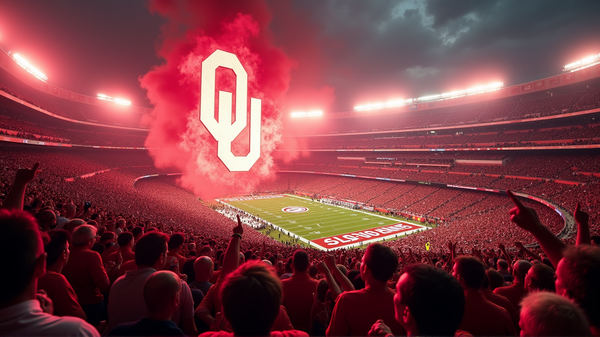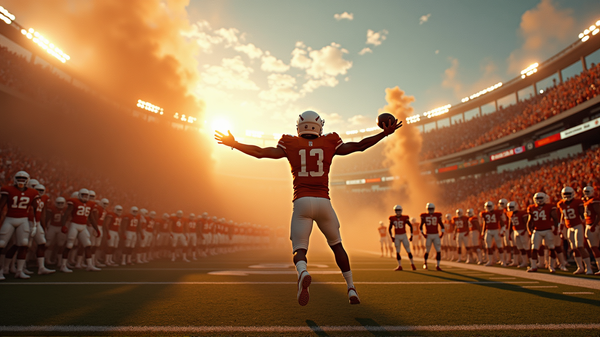NYC Gunman Targeting NFL Offices: A Disturbing Journey of Desperation
As daylight faded over Midtown Manhattan, an eerie calm descended upon the skyscrapers that housed the bustling corporate power centers of the city. Shane Tamura’s journey to this iconic location paints a chilling narrative, rooted in desperation and alleged grievances against the NFL. According to CBS News, Tamura, who never played professionally, exhibited a troubled past with signs of mental unrest.
A Planned Unraveling
Investigators recovered a three-page note from Tamura’s wallet, hinting at a mind grappling with chronic traumatic encephalopathy (CTE) — a disorder becoming disturbingly common among former athletes. The 27-year-old Las Vegas native embarked on a cross-country drive, marked by painstaking preparation. His note oddly put the spotlight on the NFL, illustrating his belief that his battles with mental health were due to his early experiences in contact sports.
Misguided Intent in a Maze of Buildings
Targeting 345 Park Ave., Tamura intended to reach the NFL offices. A mere navigation error led him to Rudin Management, altering the tragic course of events. Tragically, four individuals, including an NYPD officer, lost their lives in the chaos. The bravery of officers, especially the fallen Didarul Islam, stood in stark contrast to the horror inside—an unsettling image of bullet-riddled glass and grieved families.
A Deep Dive into Tamura’s Past
Shane Tamura’s background offers a glimpse into a tormented individual. Despite a clean slate in 2022, his recent history included altercations and mental health incidents. A concealed carry permit acquisition seemed at odds with his spiraling state. A close inspection in Nevada revealed mechanical acquisitions—a rifle assembled after a series of unregulated transactions. These findings have incited outrage and prompted questions about the efficacy of current laws.
Gun Laws Under Scrutiny
Mayor Eric Adams voiced concern about how easily Tamura circumvented laws meant to avert gun tragedies. New York’s robust statutes are rendered moot when flanked by lenient out-of-state regulations. A nonchalant stroll into a gun store with a previously unstained record should not be the threshold criterion for gun ownership, triggering debates on gun control against the backdrop of state boundary dynamics.
The Aftermath and Reflections
In the aftermath of the tragedy, the NFL resiliently pivoted its operations, urging employees to work remotely, safeguarding its personnel while expressing gratitude toward the law enforcement heroes who acted swiftly. Meanwhile, poignant scenes of agony and loss played out in press briefings and vigils—a poignant reminder of lives irreparably altered.
As the investigation unravels more layers, a sobering narrative emerges, illuminating the convergence of personal turmoil, mental health gaps, and systemic shortcomings. The city’s skyline stands as a silent witness to the events—a pause, a reflection, a call for change.




